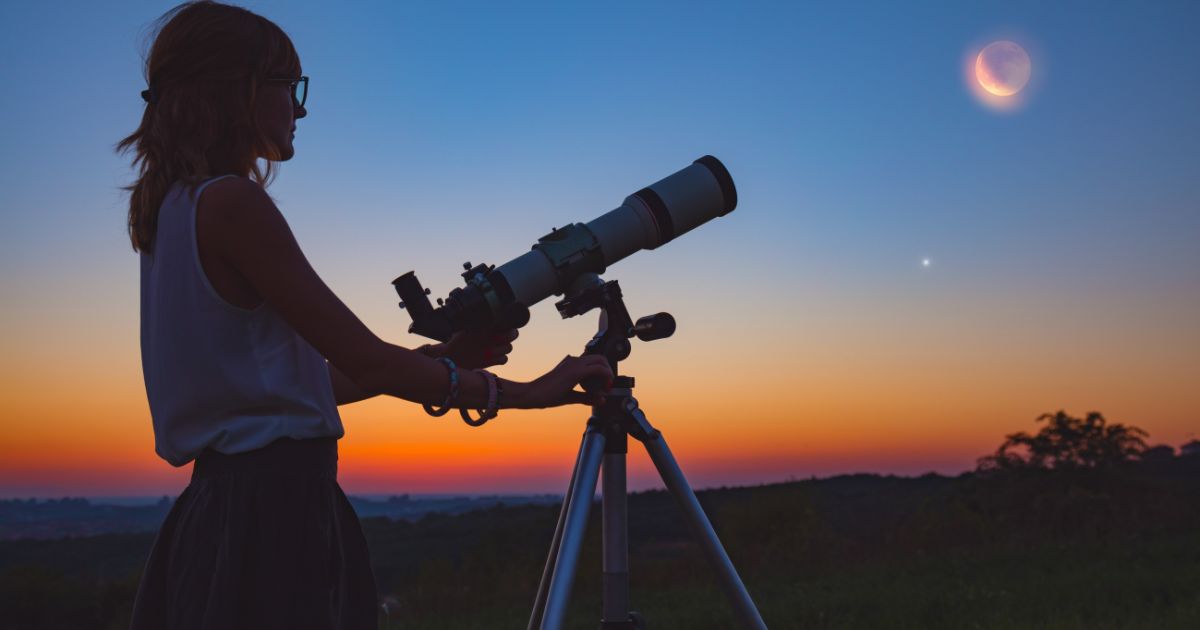On this night, the Moon will be a waxing crescent low in the west (37% sunlit) and will set at about 10:22 PM – leaving the sky dark. Turning to look towards the eastern horizon you will see Orion prominent and high in the southeast. And further to the east is the constellation Gemini – with its two main stars Castor and Pollux.
On this date the Earth passes through a debris stream left by the ancient comet Phaethon. Having lost most of its ice, it now resembles a rocky asteroid only 5.8 km in diameter.
This story is not about the Phaethon, but the debris it has left behind in its orbit about the Sun. The Earth will collide with this debris at 36 km/s causing the tiny particles to vaporize high in our atmosphere – producing brief streaks of light across our sky that will appear to radiate from a small patch just above the star Castor.
These meteors will appear bright and slow – as they arc across our sky. Bright is good because even suburban observers will see some of them – perhaps one every few minutes. The debris trail is narrow, so you have only one night to see it. The later you stay up to watch the sky, the more you will see – with the peak in activity after midnight.
Let’s hope there is a clear sky. If you are out for walk that night, keep you eye on the sky, but be careful not to trip or slip.
One of Canada’s foremost writers and educators on astronomical topics, the Almanac has benefited from Robert’s expertise since its inception. Robert is passionate about reducing light pollution and promoting science literacy. He has been an astronomy instructor for our astronauts and he ensures that our section on sunrise and sunset, stargazing, and celestial events is so detailed and extensive it is almost like its own almanac.













